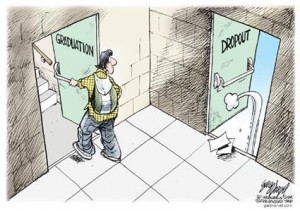4 November 2009 archive
Advising in College 0
In business ROI means return on investment. Part of your tuition payments to colleges should include substantive guidance in academic and career planning. Will your young scholar get that direction? A few years ago, the University of Pennsylvania published a helpful article addressing the state of college advising among the Ivies as well as the broader college community.
Of course, much of it depends on how pro-active the student is. But this article in the Chronicle of Higher Education points out the importance of academic advising in college. This is why we want our students to research and compare the differences in each college’s advising and career services departments. Using the AAA method ensures that they will have a greater awareness of those often overlooked college departments before they commit to attending on May 1 of their senior year.Â
Getting In and Dropping Out 0
Colleges Move to Organize Retention Efforts
By Beckie Supiano
Colleges are organizing their efforts to improve retention, but the resources they are using may not be equal to the task. That’s the assessment Jerome A. Lucido, vice provost for enrollment policy and management at the University of Southern California, shared at a session of the College Board Forum in New York this past Friday.
The session used data from a survey conducted as part of the College Board Study on Student Retention in partnership with the Project on Academic Success at Indiana University at Bloomington and the Center for Enrollment Research, Policy, and Practice at the University of Southern California, which Mr. Lucido directs. The researchers hope their study of institutional practices will provide a base line for analyzing which retention practices are effective.
Connecting colleges’ retention efforts to their results can be difficult, said Mary Ziskin, senior associate director of the Project on Academic Success, because “institutions that have low retention rates tend to put more efforts into retention.”
The survey was sent to 1,484 colleges nationwide, of which 442 responded. It built on the results of a pilot survey conducted several years ago. Read more »
